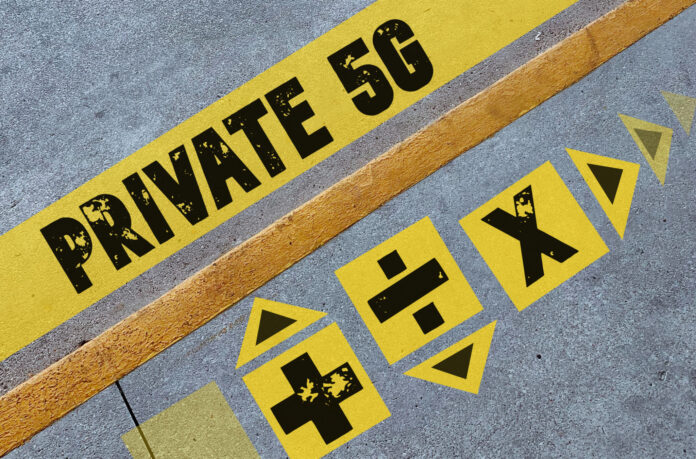Analyst house Dell’Oro Group has adjusted down its near-term forecast for the private LTE and 5G market. It said its calculations show that radio access network (RAN) shipments and revenues are “again coming in below expectations, resulting in another markdown”. The market will roughly double, it said, in the five year period between (and including) 2022 and 2026, finishing between $0.8 billion and $1 billion.
It said progress with deployment of private wireless small cells, specifically, among enterprises is “weaker than expected”. Its projection, for around 100 percent growth in the period, covers both macro RAN-cell and small RAN-cell installations. “Standalone private LTE/5G is now expected to account for a low single-digit share of the total RAN market by 2026,” it said. At the same time, its long-term (post-2026) forecast for the private cellular market remains the same, pegged as a “massive opportunity”.
Stefan Pongratz, vice president at Dell’Oro Group, commented: “We… still estimate private wireless is a massive opportunity. At the same time, the message we have communicated for some time still holds – we still envision the enterprise and industrial play is a long game. This, taken together with the fact that the standalone LTE/5G market is developing at a slower pace than previously expected, forms the basis for the near-term downgrade.”
The private wireless market remains a mostly-LTE affair. The number of private LTE and 5G networks will increase to 13,500 globally by 2026, according to rival analyst group Berg Insight; this is a 10-fold increase, roughly, from a figure today of “more than” 1,000 private LTE deployments and 300-odd private 5G deployments. The latter are mostly in pilot and trial mode, it should be noted. But early signs of scale are conspicuous, in multi-site, multi-market deals by the likes of Airbus, Dow Chemical, and Schneider Electric.
There is an argument, maintained by ABI Research, that most activity so far has been in ‘carpeted industries’, such as hospitality and education, particularly in the annexed CBRS-band in the US. Logic says this is because industrial grade 5G, available with post-15/16 3GPP releases of the 5G NR standard, and with availability of compatible industrial devices, are still mostly pending, and has put the anticipated Industry 4.0 rush from non-carpeted verticals on hold. This explains the position of Siemens, say, which considers 2023 the earliest for 5G-geared Industry 4.0 to progress in earnest, on the back of half-baked Release-16 level industrial 5G systems.
At the same time, the likes of Airbus and Dow Chemical, and others have already found serious industrial usage for LTE and LTE-like 5G systems. This is because – as Vodafone has neatly explained – certain “core applications” have emerged which either do not require much in the way of new ‘industrial’ devices, or else only require devices that have been fitted-early with 5G modules. But, as a new Enterprise IoT Insights report (serialised here) tells, this breaking of the industrial-5G chicken-and-egg dynamic is only observable so far among early adopters, invariably comprising major industrial firms.
Private 5G’s move into the mainstream still hinges on a long list of supply-side and demand-side hurdles, including the standard, the devices, the spectrum, the features, the ecosystem, and the sales channel. As per the Dell’Oro update, there is a long road to go.

